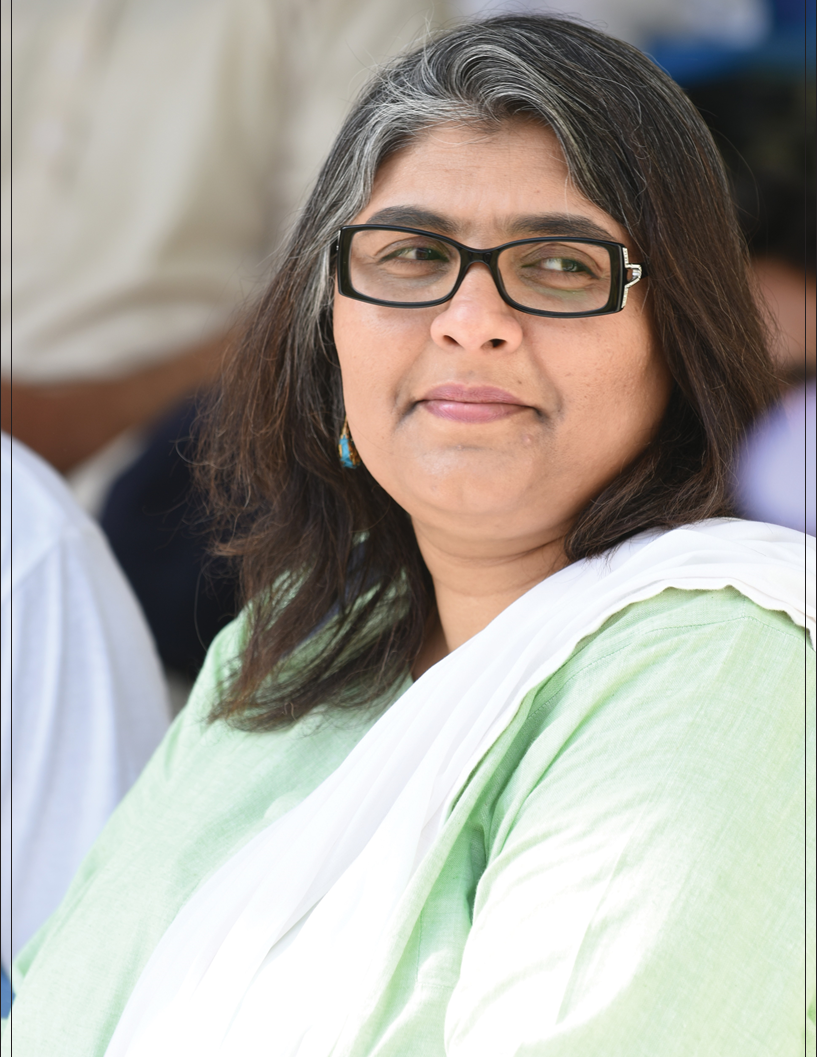
CAREER TRANSITION BY SADIA HAROON
IN THIS NEW W ORLD WE NO W DON’T SEARCH F OR JOBS, WE DO C AREER TR ANSITIONING AND THE DIRE CTIONS ARE NO T AVAILABLE ON G OO GLE MAPS
Nearly 80% of the jobs are never advertised.
In this new world we now don’t search for jobs, we do career transitioning and this journey’s directions are not available on Google
Maps. It is your personal journey of self-assessment, personal branding, target setting; the results are dependent on the level of e"ort you put in.
There are 2 types of career transition; “active” - where you need to find a new career for personal or professional reasons and “passive”. It is important to always have an active/passive transition plan to know your professional SWOT analysis.
In this new world order there are lots of changes in the field of work to consider before you embark on a career-transition plan. You are currently employed but you may not have a job next week. Marketing yourself is no longer an optional skill-set in the 21st century. You need a portfolio of skills and evidence that you can exceed the demands of a job, visibility in your field through speaking, blogging or being active socially or through associations, and a daily marketing plan for finding the best company.
The foundational aspects to career transition that are timeless have been around long enough to become conventional for a reason: it works. If you take a closer look, things like networking, research, and applying to multiple employers are fundamental ‘block and tackle’ types of activities that apply to 80% of the bell curve. They hinge upon casting a broad net; they leverage the law of averages; they adhere to the fundamentals of psychology. It’s no wonder they still work.
Times are always changing and while it's always good to follow the basic advice, we also have to get rolling with the times,” for instance, group interviews are making a comeback. We've got Skype interviews now, or you may interview in front of a panel. Video resumes etc. All this stu didn't happen as often before - so while the same basic stu" applies, we have to take into account all the new dynamics."
The single most effective thing you can do to increase the number of job opportunities is to broaden your geographic parameters.
Career transitioning is as unique and creative as an individual. Hence we need to develop a personal plan; these are a few job search tips to speed up landing time for the next career move:
- Organize a Plan: Develop a strategy
- Develop Contacts and Arrange Interviews: Ask family, friends, peers, classmates, club members, teammates, advisors, college alumni, few select co-workers, head hunting firms, professional websites.
- Self-Assess Self: It is very important that you are honest with yourself when doing a self-assessment. Be aware of personal likes and dislikes, as well as possible weaknesses. You want to be able to look at a potential employer in the eye with confidence and say what qualifies you for the position for which you are applying. Uncover professional and personal strengths by taking inventory of your achievements and mistakes. Develop your personal elevator pitch - a concise, carefully planned, well-executed highlight of your skills
- Give yourself benchmark targets to reach.
Professionals need to evaluate their job searches at regular intervals: three months, six months, nine months, etc.
At each milestone, they need to ask themselves the following questions to help diagnose potential problems with their search or barriers preventing them from securing interviews and o"ers
What is going well in my job search? What is not going well, and needs changing? Am I getting responses to my resume? Am I getting first interviews but not second interviews? Am I making it to the final round of interviews but not getting overs?
Reconsider your options
Posted on 24/04/2018




